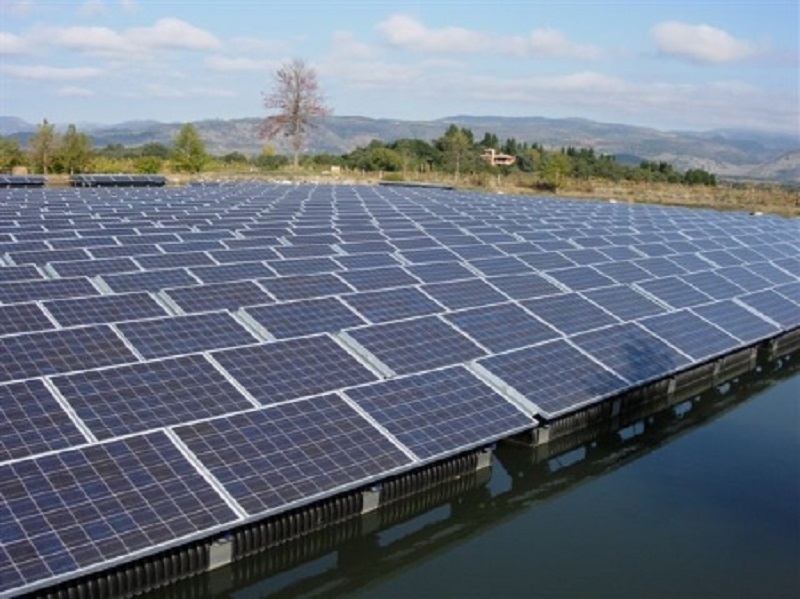Both bifacial and floating PV applications have seen significant growth in recent years. Bringing the two technologies together, however, has so far proved more difficult.
Among the purported advantages of floating PV is the cooling effect of the water that keeps operating temperatures low. To take advantage of this though, modules need to be installed at low angles close to the water, making it more difficult to simultaneously take advantage of light hitting the rear side of the module. And since locations on water usually offer little shelter from wind, installing modules at steeper angles to expose both sides to sunlight brings further safety concerns.
Looking at energy yield potential though, there are advantages to bringing the two together. This was the conclusion of a recent simulation put together by scientists at the University of Toronto. They simulated floating bifacial PV systems in a range of different configurations, finding that north/south oriented panels could receive as much as 55% more solar irradiance than an equivalent single sided installation.
In wavy water conditions, this advantage was reduced to 49%. And for an east/west facing installation the additional irradiance was calculated at 33%. Details of the simulation are published in the paper A new performance assessment methodology of bifacial photovoltaic solar panels for offshore applications, in Energy Conversion and Management.
More work needed
The simulation did not address the cooling effect of water, or temperature effects on module performance. Oddly, the researchers included an assumption that a cooling system between the opposite facing panels was in use. This would likely be impossible in an actual installation but allowed the researchers to assume a constant surface temperature of the panel, and therefore maximum efficiency.
In addition to looking at temperature effects, the paper’s authors recommend that future analysis of floating and bifacial should consider differences between fixed tilt and tracker installations, as well as cost analysis of different system designs.
Many more factors, not least wind, need to be considered in the development of floating bifacial PV installations. But the results of this first simulation show that the potential advantage that would make such research worth pursuing is definitely there. “In this study it can be seen that overall, the bifacial module achieved efficiency gains in all positions and orientations over the monofacial module,” the researchers conclude.
This content is protected by copyright and may not be reused. If you want to cooperate with us and would like to reuse some of our content, please contact: editors@pv-magazine.com.




Thanks